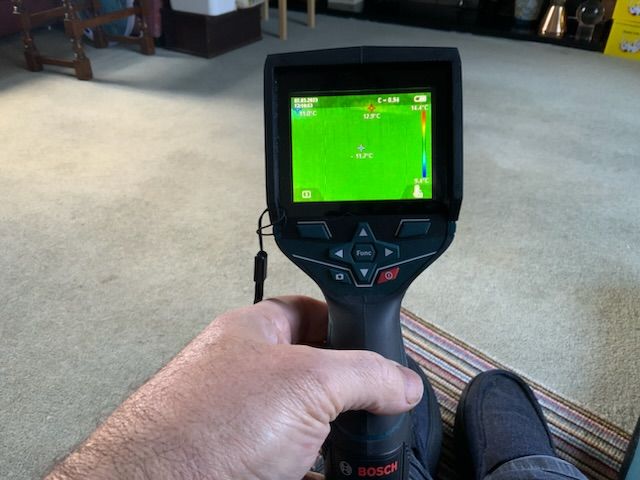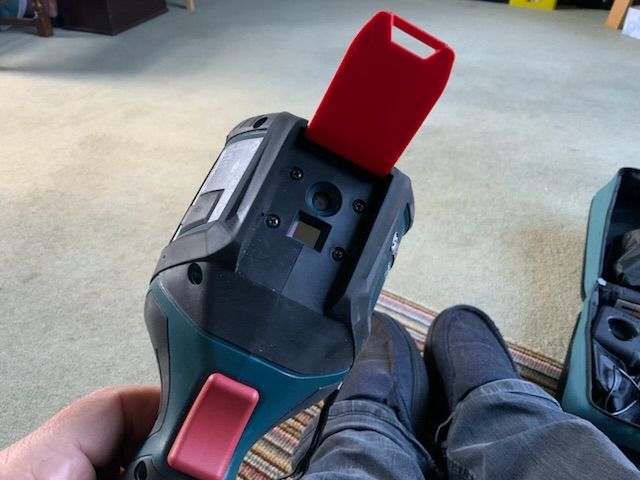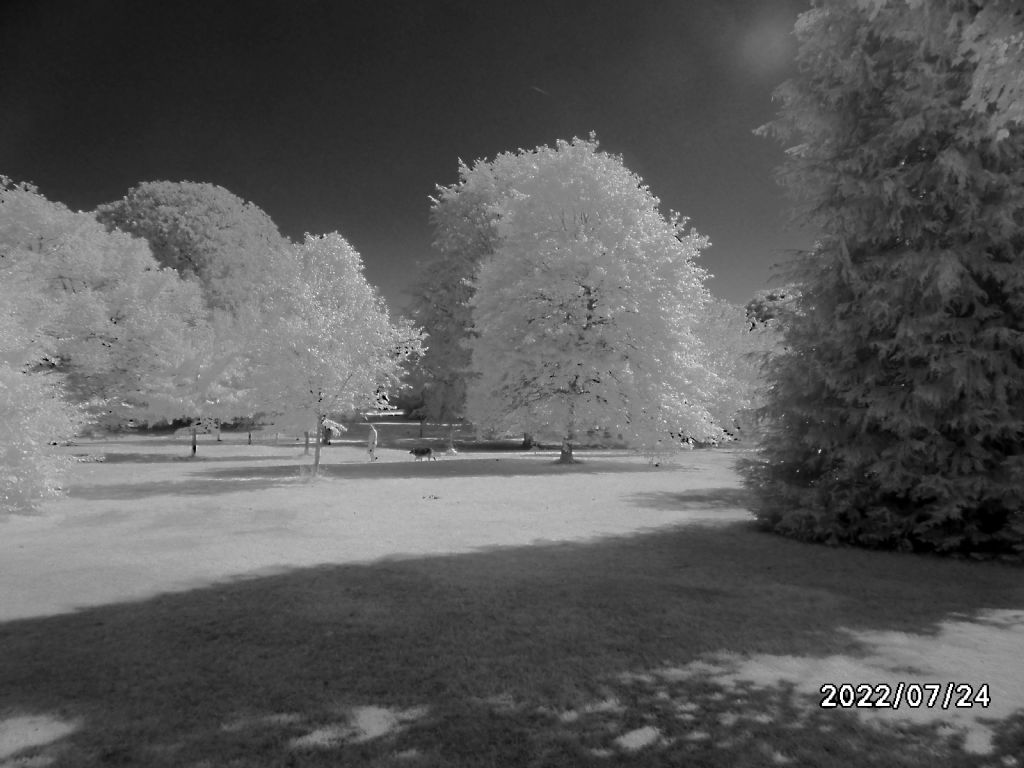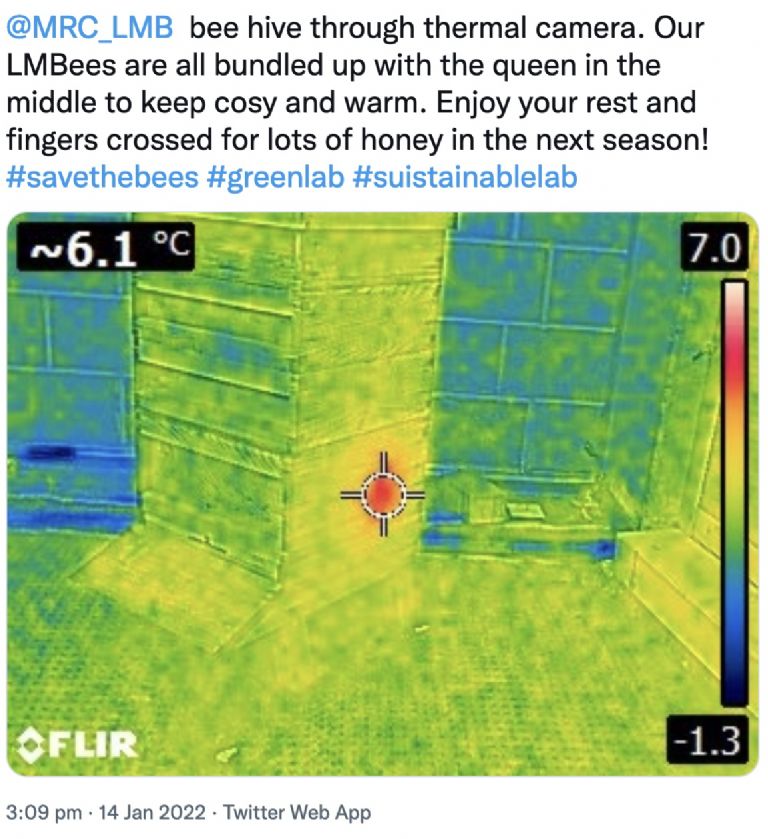Photons are photons, and the difference between “thermal imaging” and “IR imaging” is mostly just semantics.
Normal digital cameras use silicon sensors, which are not capable of detecting wavelengths greater than around 1100 nm. That’s already well outside the range of human vision and hence could be called “infrared.”
Deeper IR cameras require different technologies, e.g. smaller band-gap semiconductors or bolometer (electrical thermometer) arrays, or even superconducting arrays. To image deep IR, you also need to cool the sensor, or else the ambient temperature will flood the image with noise. The Webb space telescope is an IR one, and enormous efforts were made to keep its sensors as cool as possible.
Nearly all digital cameras have an IR filter in front of the sensor array to block IR wavelengths. This is because glass bends light differently depending on the wavelength of the light, and lenses are generally designed to properly focus light in normal visual wavelengths. Since people don’t see in the infrared, allowing those wavelengths to be imaged too (at an incorrect focus point) will cause excessive blurriness.
Converting a digital camera to “IR” is done by removing the IR block filter (normally a very delicate operation), and then adding a very deep red – so deep it’s virtually black – filter in front of the lens to block all wavelengths that aren’t sub-visual.
Using an IR-modified digital camera is also a bit different. A traditional viewfinder would be virtually black and useless, though contemporary digital viewfinders or screens should still show something (likely dim or noisy). Long exposures are normally needed since so much less light is let through. Because the wavelength of the imaged light is longer, the imaging resolution is lower too, leading to a bit softer photos.
In the old days of film cameras, professional lenses were often marked with an IR focus offset. You would focus using a rangefinder (because the viewfinder would be black) and add an offset because the point of focus would now not be the same as with visual wavelengths. I’d expect that some modern per-pixel focus systems could handle this automatically if they are sensitive enough.
I’m not sure what those cheap IR imagers use, but based on the price, I’d expect they are just cheap, low resolution silicon sensors with an appropriate filter in front. By comparison, an IR-modified DSLR or mirrorless camera can produce stunningly beautiful and other-worldly photos.
 Michael Gilligan.
Michael Gilligan.










